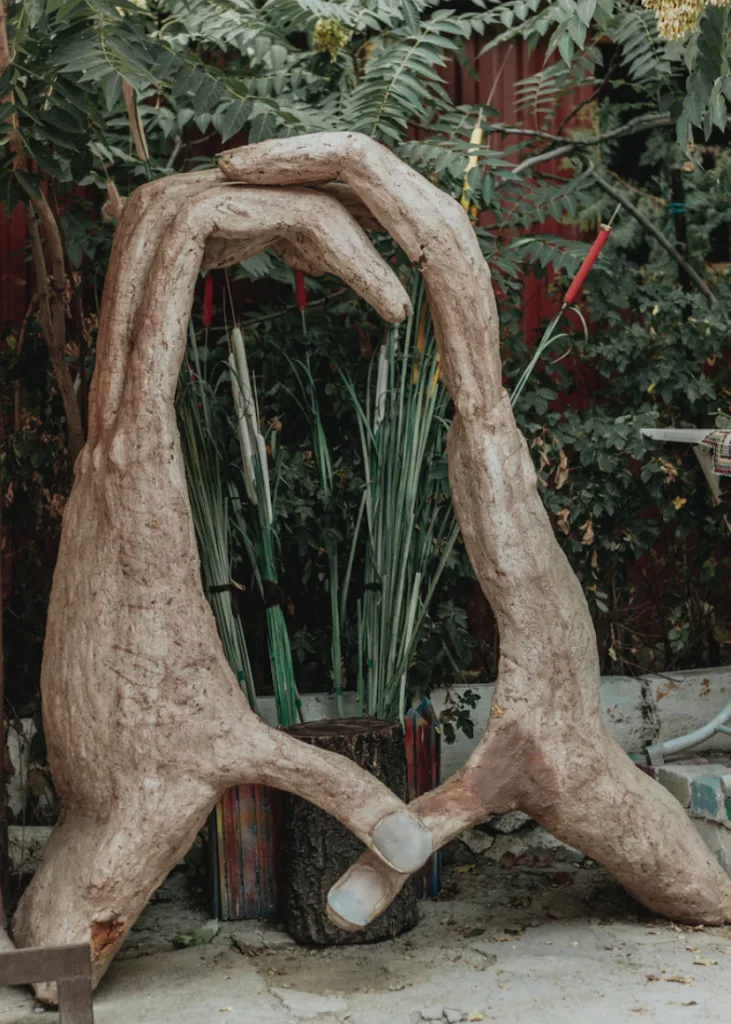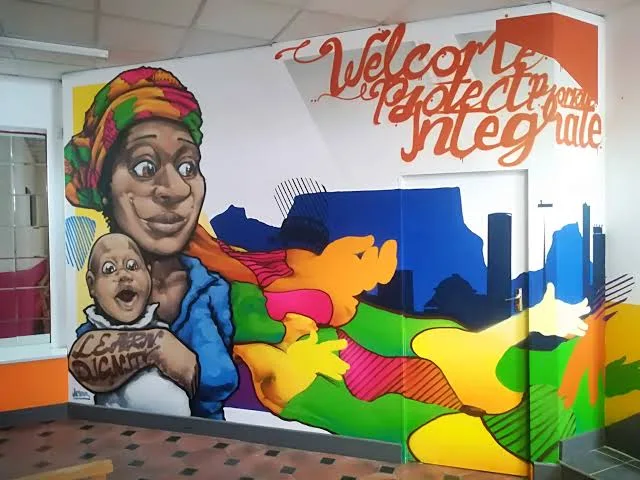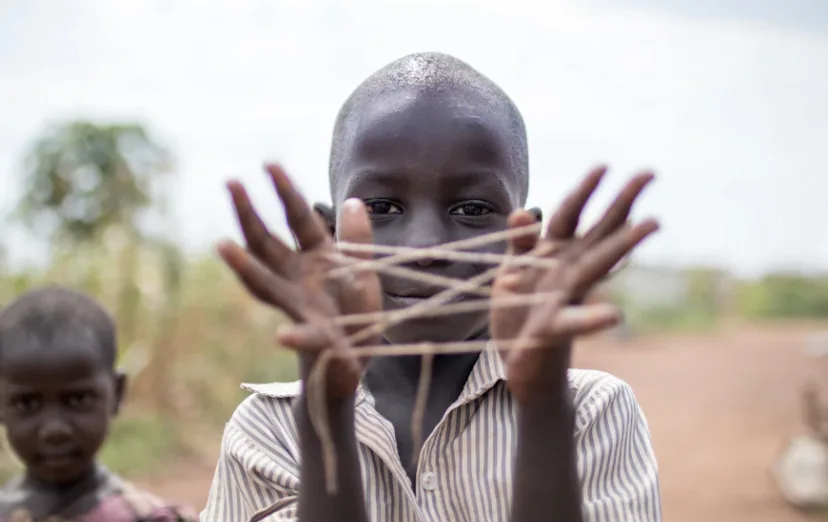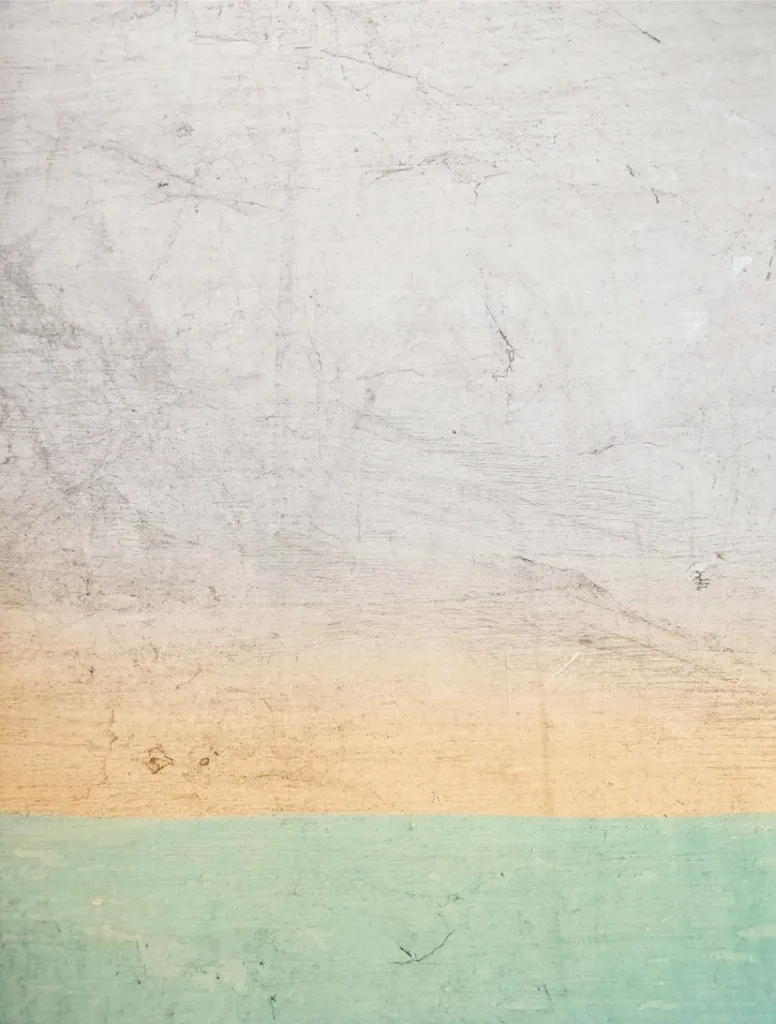Refugees embark on a perilous journey to safety, fleeing war, persecution, and violence. In doing so, they must abandon not only their homes but also their sense of identity and belonging. However, art therapy can empower them to reclaim their lost sense of self.
Through creative expression, refugees actively rebuild their identity, reconnect with their cultural heritage, and forge new paths towards healing. Moreover, various forms of artistic expression provide a safe space for refugees to confront the trauma of displacement, explore their emotions, memories, and cultural roots.
This piece delves into the transformative power of art therapy, exploring its pivotal role in healing, nurturing resilience, and driving social change among displaced individuals.

Art Therapy as a Lifeline
For refugees, art becomes a lifeline, a means to navigate the complexities of displacement and rebuild a sense of self. Through visual and performing arts, refugees process trauma, find purpose, and reconnect with their culture.
This process of self-expression can be particularly empowering for those who have faced language barriers or cultural misunderstandings.
Institutional Case Studies
The Global Alliance for Africa’s Therapeutic Arts Program embodies this concept, providing a safe space for refugees and vulnerable communities to express themselves and rebuild their lives.
By means of their work in Kenya, Tanzania, and Uganda, the program has trained local artists and paraprofessionals to facilitate art therapy sessions. This has impacted over 4,500 children and youth.
The program’s impact is evident in the stories of those who have benefited from it, with parents and children reporting improved well-being, increased confidence, and a sense of belonging.
Harnessing the power of art therapy, the Global Alliance for Africa helps refugees reclaim their identities, rebuild their lives, and create a brighter future.

Similarly, Lawrence House, a child and youth care center in South Africa, uses art therapy to support unaccompanied migrants.
The center’s participatory arts-based approach, rooted in art therapy principles, enables young people to explore their identities and belonging through creative methods like drama, visual arts, and dance.
The Nyumba Yangu project, meaning “my home” in Swahili, is one of their initiatives. It connects young migrants to their sense of home in South Africa.
Building on this, the project brought together 10 young women from diverse migration backgrounds to explore themes of belonging, home, and identity through artistic workshops.
Consequently, the art-making process revealed complex emotions and desires, including separation, longing for connection, and need for safety and self-worth.
The project leverages art therapy to provide a platform for creative expression and emotional processing, contributing to a sense of belonging among young migrants.

Art Therapy as a Catalyst for Social Change
Art therapy is a powerful tool for social change through the provision of platforms for refugees to share their stories.
Accordingly, art can be used to challenge stereotypes and raise awareness about the challenges faced by displaced populations.
In Cameroon, where over 1.1 million people are displaced, art therapy initiatives like Art for Refugees in Transition (A.R.T.) are empowering refugees to process trauma, share their stories, and preserve cultural heritage through creative expression.
Through art, refugees can reclaim their narratives and challenge dominant stereotypes. This collective expression has the potential to inspire empathy, spark critical dialogue, and drive social change.

Art therapy offers refugees a lifeline to healing, identity, and community.
While its potential is immense, limited resources and cultural complexities hinder its widespread impact.
By investing in art therapy programs, we can empower refugees to rebuild their lives, fostering resilience and hope.


